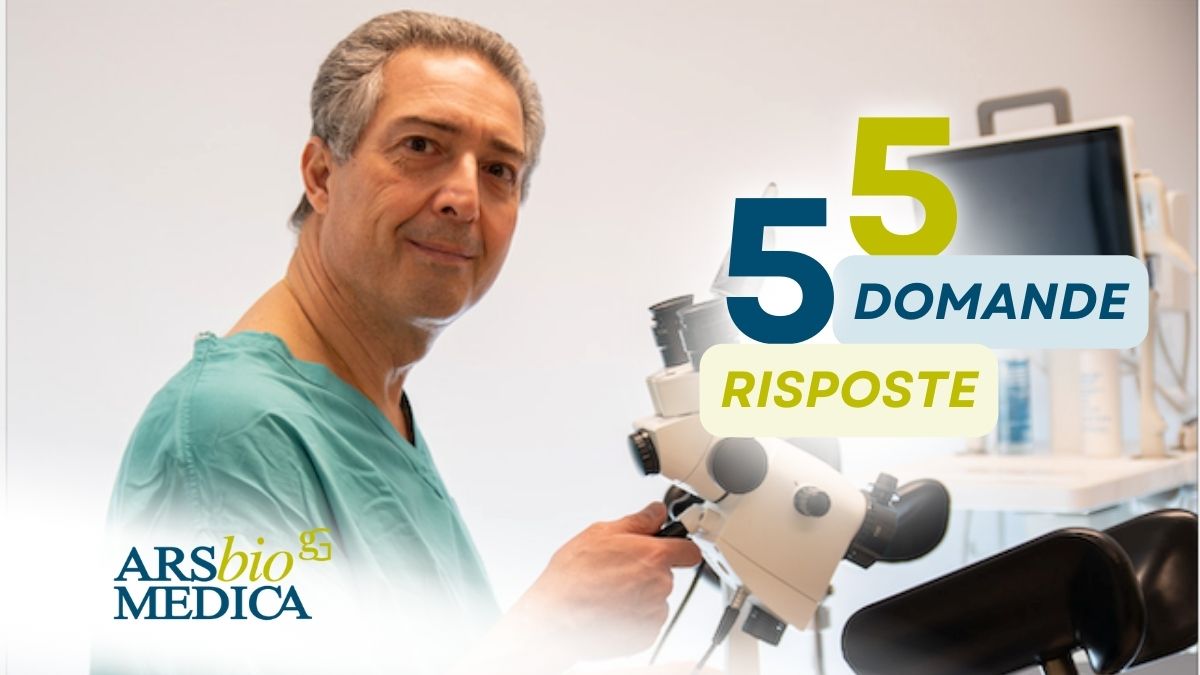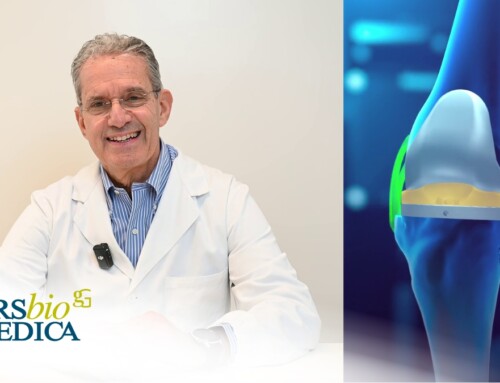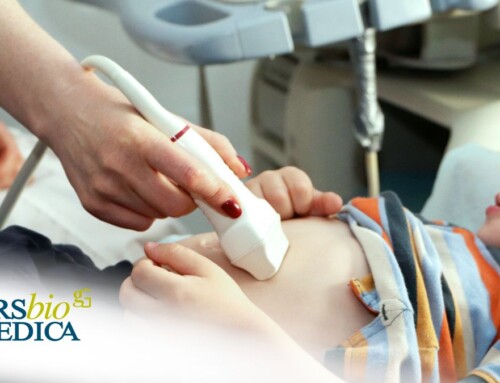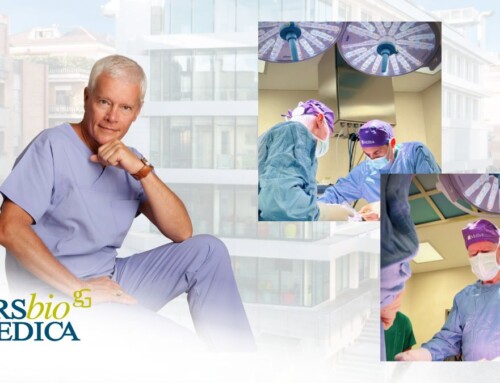
Articolo del 04/11/2024
Diagnostic Hysteroscopy: An Essential Gynecological Exam
Diagnostic hysteroscopy is a crucial procedure in gynecology, yet it often raises doubts and concerns among patients. The lack of clear information, coupled with myths surrounding the procedure, can create unnecessary anxiety and hesitation.
In this article, Dr. Marco Monti, a gynecologist at Arsbiomedica, answers five common questions about hysteroscopy. He explains in a straightforward and precise manner how the exam is conducted, its purpose, and dispels common myths. Let’s explore what you need to know to approach this procedure with confidence and clarity.
- When and why is hysteroscopy important?
Diagnostic hysteroscopy, an endoscopic exam, is recommended when there’s a suspicion of a condition within the uterine cavity. Occasionally, patients even request it on their own after researching its diagnostic capabilities, though it’s typically prescribed by a physician as a secondary-level exam, rather than for self-diagnosis.
While it plays a preventive role in endometrial cancer detection, patients sometimes request hysteroscopy for its diagnostic and therapeutic benefits, seeking peace of mind.
- When is the ideal time for a hysteroscopy?
The best time for this exam is right after your menstrual cycle, ideally within 10-11 days after it ends, ensuring there’s been no bleeding for at least 2-3 days beforehand.
- Can I have local anesthesia for hysteroscopy?
Diagnostic hysteroscopy is an outpatient procedure that typically does not require anesthesia.
For office or outpatient operative hysteroscopy—used to remove small growths like polyps or adhesions—anesthesia isn’t needed either. However, for more complex operative hysteroscopy, such as polypectomy or correction of uterine cavity issues, general or spinal anesthesia is required, and the procedure is conducted in an operating room, usually under day-hospital admission.
- Can I undergo hysteroscopy if I’m pregnant or trying to conceive?
Hysteroscopy is an invasive exam of the uterus and cannot be performed during pregnancy, as it risks causing miscarriage. For this reason, it’s usually scheduled during the first half of the menstrual cycle (proliferative phase), before ovulation, to avoid any possibility of pregnancy.
It may also serve as a pre-conceptional exam, especially for women struggling to conceive or experiencing recurrent miscarriages, as it enables a thorough assessment of the uterine cavity and allows for endometrial biopsy if needed.
- How should I prepare for a hysteroscopy? Are there specific preparations?
Before undergoing hysteroscopy, it is helpful to have an electrocardiogram and a cardiac assessment due to potential vagus nerve stimulation effects. Additionally, taking a dose or two of magnesium before or after the procedure may help minimize discomfort.






